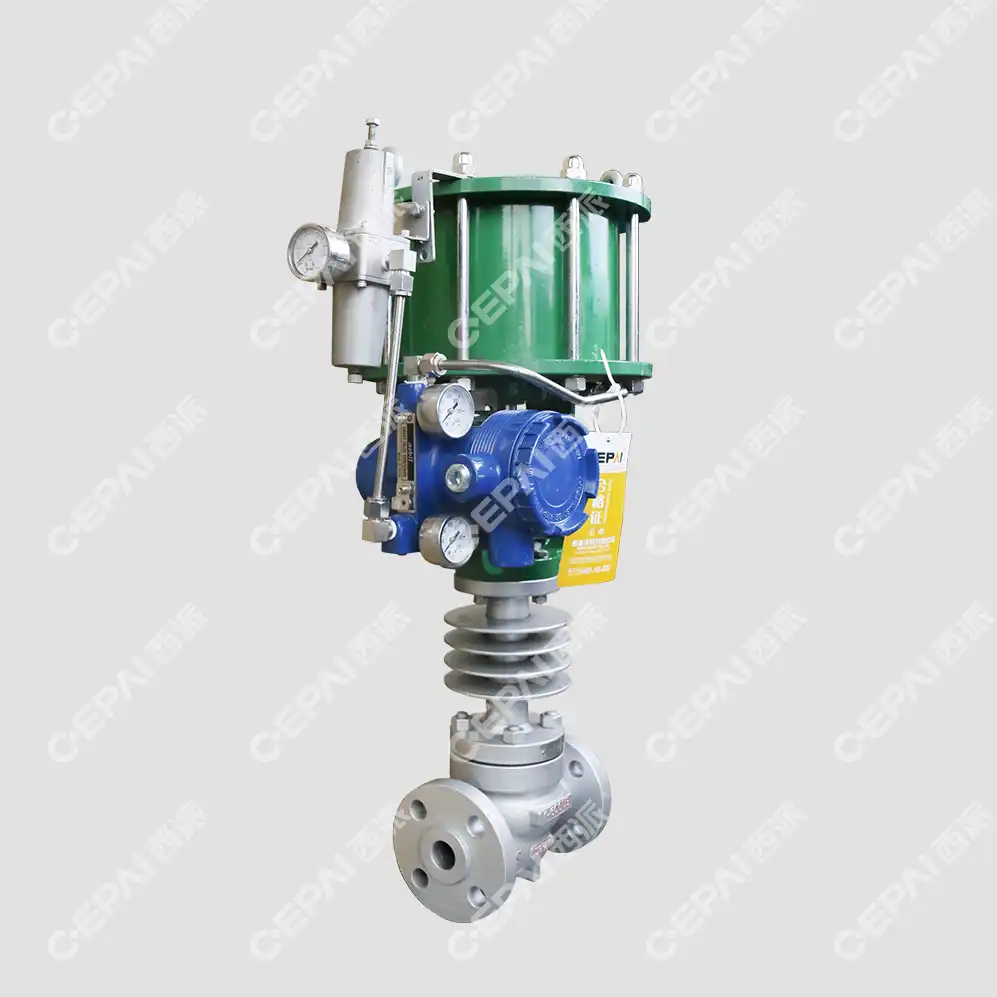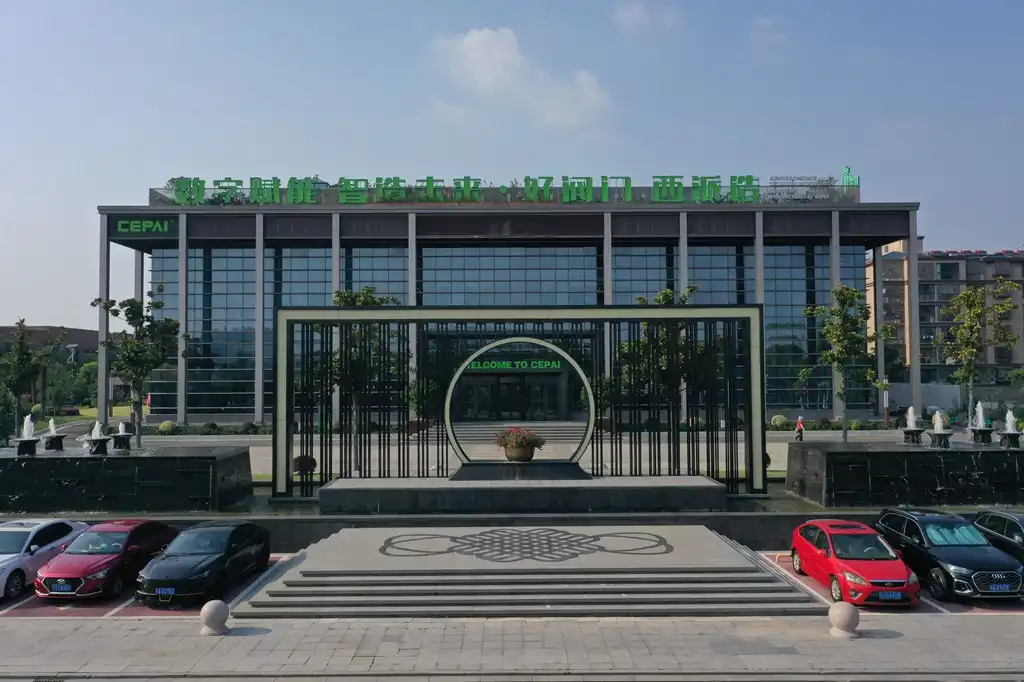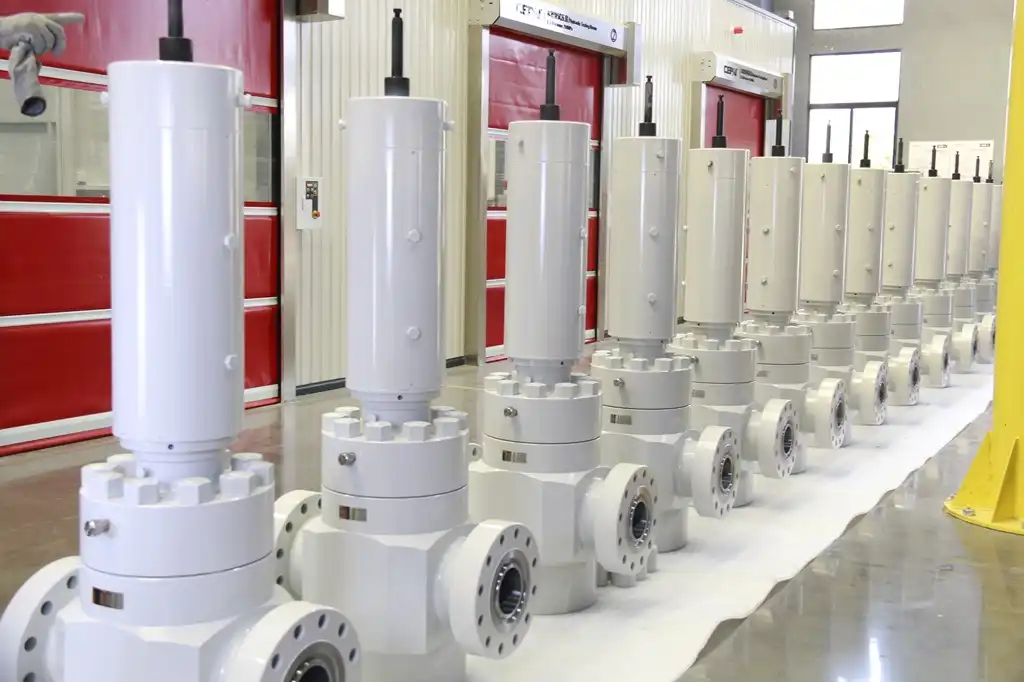Understanding Pneumatic Valve Actuation
Principles of Pneumatic Valve Operation
Pneumatic valves operate on the principle of using compressed air to generate mechanical movement. This process begins with an air compressor that pressurizes air, which is then stored in a reservoir. When activation is required, the compressed air is released through a network of pipes and fittings, ultimately reaching the valve actuator. The sudden influx of pressurized air causes the actuator to move, which in turn opens or closes the valve. This simple yet effective mechanism allows for rapid response times, making pneumatic valves a popular choice in many industrial settings.
Factors Influencing Pneumatic Valve Speed
Several factors play a role in determining the actuation speed of pneumatic valves. The size and design of the valve are primary considerations, as larger valves generally require more time to actuate due to the increased volume of air needed to move them. The pressure of the compressed air supply also significantly impacts speed; higher pressure typically results in faster actuation. Additionally, the length and diameter of the air supply lines can affect speed, with shorter, wider lines allowing for quicker air flow. The type of actuator used, whether it's a piston, diaphragm, or rotary design, can also influence the overall speed of the valve's operation.
Advantages of Pneumatic Valve Actuation
Pneumatic valves offer several distinct advantages that make them preferable in many applications. Their rapid actuation speed is particularly beneficial in processes that require quick cycling or emergency shutoffs. Pneumatic systems are also inherently safe in hazardous environments, as they don't produce sparks or heat, reducing the risk of explosions. These valves are generally simpler in design compared to electric valves, which often translates to lower maintenance requirements and costs. Moreover, pneumatic valves can operate in a wide range of temperatures and are less affected by vibration, making them suitable for harsh industrial environments. Their ability to maintain a fixed position without consuming energy when not actively switching is another notable advantage.
Exploring Electric Valve Actuation
Fundamentals of Electric Valve Systems
Electric valve actuation systems rely on electrical energy to power motors that drive the valve's movement. These systems typically consist of an electric motor, a gear train, and a control unit. When activated, the motor turns, and this rotational motion is transferred through the gear train to the valve stem, causing it to open or close. The control unit manages the motor's operation, allowing for precise control over the valve's position. This setup enables electric valves to offer a high degree of accuracy in terms of positioning and flow control, making them particularly useful in applications where precision is paramount.
Variables Affecting Electric Valve Speed
The actuation speed of electric valves is influenced by several key factors. The power and torque output of the electric motor play a significant role; more powerful motors can generally actuate valves faster. The gear ratio in the transmission system also affects speed, with higher ratios typically resulting in slower but more precise movements. The valve size and the force required to open or close it are crucial considerations, as larger valves or those under high pressure may require more time to actuate. Additionally, the type of pneumatic valve control system used can impact speed, with more advanced systems potentially offering quicker response times. Environmental factors such as temperature can also affect the performance of electric components, potentially impacting actuation speed.
Benefits of Electric Valve Actuation
Electric valve actuators offer a range of benefits that make them the preferred choice in certain applications. One of their primary advantages is the high level of precision they provide in valve positioning. This precision allows for fine control over flow rates, which is crucial in processes requiring exact fluid management. Electric valves are also known for their reliability and consistent performance over time. They typically require less maintenance compared to pneumatic systems, as they don't rely on a complex network of air lines and compressors. Electric actuators can be easily integrated with digital control systems, allowing for remote operation and monitoring. This integration capability makes them ideal for automated processes and smart factory applications. Furthermore, electric valves often have a lower energy consumption profile during operation, which can lead to cost savings in the long run.
Comparative Analysis: Pneumatic vs Electric Valve Speed
Speed Performance in Various Applications
When comparing the speed performance of pneumatic and electric valves across different applications, several patterns emerge. In high-speed cycling applications, such as packaging machinery or rapid sorting systems, pneumatic valves generally outperform electric ones. Their ability to quickly open and close makes them ideal for tasks requiring frequent, rapid valve actuations. Electric valves, while typically slower, excel in applications where precise control is more critical than speed. For instance, in chemical processing or precise fluid mixing, the ability of electric valves to achieve exact positions outweighs the need for rapid actuation. In emergency shutdown scenarios, pneumatic valves are often preferred due to their fail-safe characteristics and rapid response times, crucial for safety-critical applications.
Energy Efficiency and Operating Costs
The energy efficiency and operating costs of pneumatic and electric valves differ significantly. Pneumatic systems require a constant supply of compressed air, which can be energy-intensive to produce and maintain. This ongoing energy requirement can lead to higher operating costs, especially in large-scale operations. However, pneumatic valves consume minimal energy when holding a position, which can be advantageous in applications with long periods of inactivity. Electric valves, on the other hand, typically have lower ongoing energy costs. They only consume significant power during actuation, making them more energy-efficient in applications with infrequent valve movements. The initial investment for electric systems may be higher, but the long-term energy savings can offset this cost, especially in facilities with high electricity availability and lower air compression capabilities.

Maintenance and Longevity Considerations
Maintenance requirements and longevity are important factors when comparing pneumatic and electric valves. Pneumatic systems, with their network of air lines, compressors, and filters, generally require more regular maintenance to ensure clean, dry air supply and prevent leaks. However, the simplicity of pneumatic actuators often means that when maintenance is needed, it can be relatively straightforward. Electric valve actuators typically have fewer moving parts and don't rely on external systems like air compressors, potentially reducing maintenance frequency. They may, however, require more specialized skills for repair and maintenance, particularly for the electronic components. In terms of longevity, both types can have long lifespans if properly maintained, but electric actuators may have an edge in harsh environments where air quality could be an issue for pneumatic systems. The choice between the two often comes down to the specific application requirements and the available maintenance resources.
Conclusion
In the comparison of actuation speed between pneumatic and electric valves, each type demonstrates distinct advantages suited to different applications. Pneumatic valves excel in scenarios demanding rapid cycling and quick response times, making them ideal for high-speed industrial processes and emergency shutoffs. Their simplicity and ability to operate in hazardous environments add to their appeal. Electric valves, while generally slower, offer superior precision and are well-suited for applications requiring exact positioning and flow control. They also benefit from easier integration with digital systems and potentially lower long-term energy costs. The choice between pneumatic and electric valves ultimately depends on the specific requirements of the application, including speed needs, precision demands, environmental conditions, and available resources for maintenance and energy.
Contact Us
For expert guidance on selecting the right valve solution for your specific needs, turn to CEPAI Group. Our comprehensive range of high-quality valves and extensive industry experience ensure you'll find the perfect balance of speed, precision, and efficiency for your application. Contact us at cepai@cepai.com to explore how our innovative valve solutions can enhance your operations and drive your success.


_1746598525968.webp)



